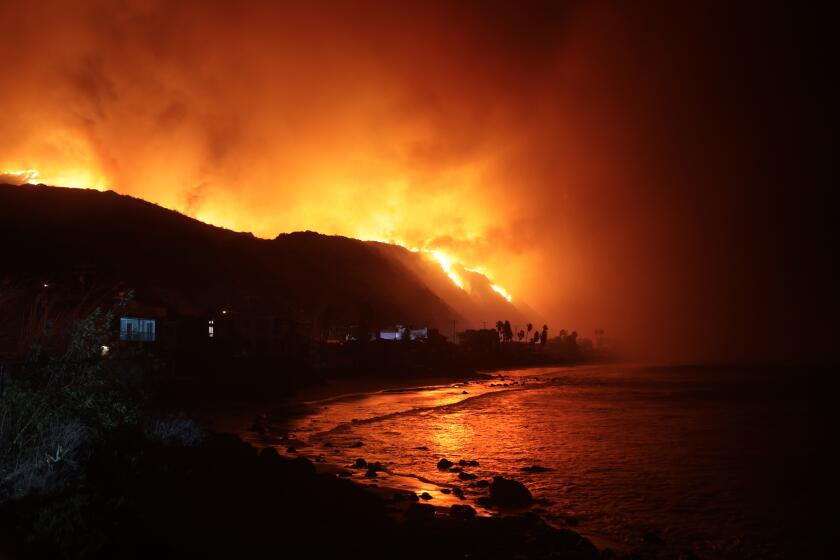
At the Mauna Loa Observatory in Hawaii, CO2 levels soared by 3.6 parts per million (ppm), reaching 427ppm, far exceeding pre-industrial levels of 280ppm. This represents the largest annual increase recorded since measurements began in 1958 on the Keeling Curve. The sharp rise in CO2 levels was fueled by widespread forest fires, which added to the already record-breaking emissions from fossil fuel combustion.
Wildfires, El Niño, and Human Activity
While the natural El Niño weather phenomenon played a role by creating hotter and drier conditions in the tropics, scientists believe that a record rise in CO2 levels would likely have occurred even without it. The planet's temperature also broke records in 2024, exacerbating devastating heatwaves, storms, and floods that impacted billions.
This marked the first time Earth's average temperature surpassed the 1.5°C threshold—a target set by the Paris Agreement to limit the most severe impacts of climate change. However, this figure refers to a long-term average, and scientists stress that sustained warming above this level would pose even greater challenges.
"The rise in CO2 levels in 2024 is incompatible with limiting warming to 1.5°C," said Professor Richard Betts of the UK Met Office, whose team analyzed the data. Predictions for 2025 indicate a lower CO2 increase of 2.3ppm, but this is still far above the level needed to keep global warming in check.
The Role of Wildfires in Accelerating Climate Change
The 2024 wildfire season was unprecedented in scale, particularly in the Americas. Massive fires in Canada and the US released billions of tonnes of CO2 into the atmosphere, exacerbating the crisis. Even after El Niño ended, wildfires continued to rage in areas not directly affected by the phenomenon, highlighting the intensifying role of human-induced climate change.
Wildfires not only add CO2 to the atmosphere but also reduce the ability of ecosystems to absorb it. Hotter and drier conditions, combined with deforestation, limited the capacity of plants and soils to act as carbon sinks, further amplifying the problem.
"The 3.6ppm rise in CO2 is more than double the level consistent with a net-zero emissions trajectory," Betts explained. "This underscores the urgency of cutting emissions and addressing the climate crisis."
Global Inaction and Rising Costs
UN Secretary-General António Guterres delivered a powerful address to the UN General Assembly, emphasizing the urgent need for global action. "Who pays the price for climate destruction? Not the fossil fuel industry pocketing profits while their products wreak havoc," he said.
Guterres criticized governments for spending nine times more on subsidies to fossil fuels than on making clean energy affordable, calling for an end to such practices. He highlighted the growing burden on ordinary people, who face rising insurance premiums, volatile energy prices, and higher food costs as the impacts of climate change intensify.
Hope Through Action
Despite the dire warnings, experts stress that it is not too late to mitigate the worst effects of climate change. "Even if 1.5°C seems out of reach, we can still limit warming to 1.6°C or 1.7°C, which is far better than the alternative," said Zeke Hausfather, a climate scientist at Berkeley Earth.
Efforts to reduce emissions, transition to renewable energy, and implement sustainable land management practices could significantly limit human suffering and economic losses. However, achieving these goals requires political will and coordinated global action.
Looking Ahead
The data for 2024 serves as a stark reminder of the accelerating pace of climate change and the need for immediate action. With CO2 levels and global temperatures reaching new highs, the world faces a critical juncture. While challenges remain immense, the solutions to address them are within reach, and every effort made today can shape a more sustainable future.